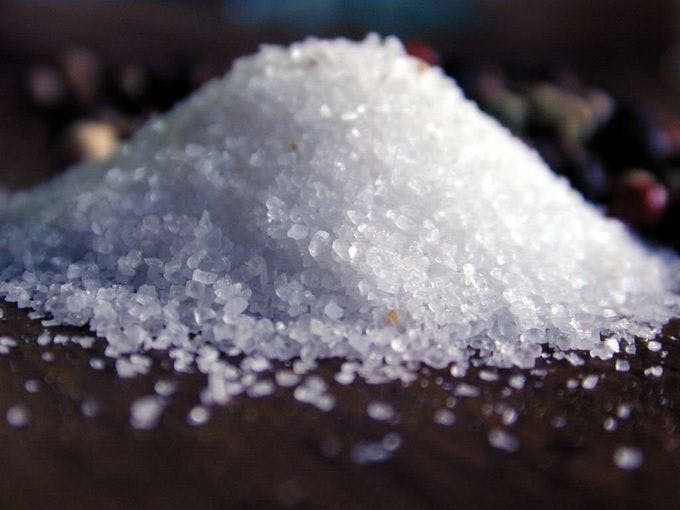Too Little Too Late
The Trump administration announces its response to the opioid epidemic
by Chris Thomas

Back on August 10th the Trump administration announced that “the opioid crisis is an emergency.” Since then, that statement by the President has been the most significant action the administration has taken to address the drug crisis ravaging rural America.
Today, 77 days later on October 26th, President Trump will order the department of Health and Human Services to use the Public Health Service Act to declare an “emergency” to focus on the opioid epidemic. That “emergency” will last 90 days.
Anyone who thinks the opioid epidemic can be solved, or even dented, in 90 days is fooling themselves.
Not Enough Time
The Public Health Service Act is intended to help the President respond to a pandemic or a bioweapons attack, not the kind of persistent, decades-long health threat posed by addiction. Decades, not days, is the time horizon that policy solutions to the opioid threat need to consider. According to STAT, the United States will see 500,000 — 650,000 die in the next ten years thanks to opioid overdose and many of those who will die are not yet addicted.
A 90 day “emergency” will not save their lives.
Not Enough Money
To put those 650,000 lives in perspective, that’s as if a North Korean nuclear warhead obliterated a mid-sized US city every decade or so. Against that kind of devastation, the President will pit the declaration of a Public Health Emergency which will open up the Public Health Emergency Fund to address the crisis. According to USA today, there are about $57,000 (yes, fifty-seven thousand dollars) left in that fund.
By comparison, the United States spent about $8.2 billion on largely unproven missile defence systems in 2017 on the off chance that a North Korean nuclear warhead might obliterate a mid-sized US city someday.
Solving the opioid crisis won’t cost $57,000 or even $8,200,000,000 but closer to $78.5 billion. That kind of money can only come from Congress.
Not Enough Prevention
In among that seventy-eight billion dollar price tag is not just the cost of treating addicts but of preventing the bulk of addictions. Much of the opioid epidemic can be traced to the over-prescription of pain medication, especially in rural areas specializing in physically demanding industries. The companies that made and marketed those medications pitched them as having no or low risks of addiction and. In 2012 US doctors prescribed enough opioid painkillers to give a bottle of pills to every adult in the country: 259 million scripts.
Preventing future addiction means retraining doctors and holding drug companies accountable for the wildly misleading claims made about the safety of their products.
Congress Can Do More
S. 2004 — the Combating the Opioid Epidemic Act — was introduced to Congress by Senator Bob Casey Jr (D-PA) and has 16 Democratic co-sponsors. The bill calls for $45 billion for “opioid prevention, detection, surveillance and treatment efforts.” Though the bill has no Republican support, the amount of funding mirrors the sum championed by the GOP in the Obamacare repeal legislation.
Tell Congress what you think!
Tho opioid epidemic is probably the most significant public health crisis since the AIDS epidemic of the 1980s. Text RESIST to 50409 to tell your representatives or Senators what you think about this or any other issue before Congress or text PRESIDENT to the same number to contact the White House. If you’d rather use Facebook Messenger, click here and say RESIST or PRESIDENT to contact your government.
Support the ’bot!
Upgrade to premium for AI-writing, daily front pages, a custom keyword, and tons of features for members only. Or buy one-time coins to upgrade your deliveries to fax or postal mail, or to promote campaigns you care about!
Upgrade to PremiumBuy Coins